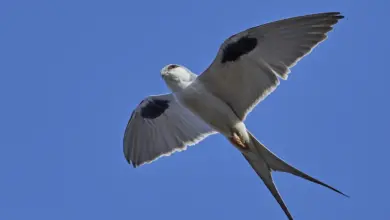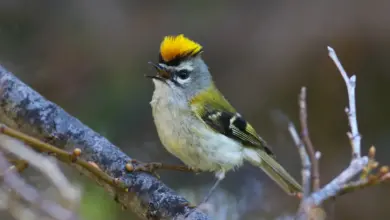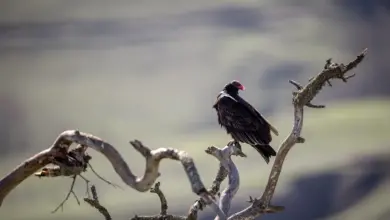Touracos / Turacos
Touracos / Turacos
Touracos or Turacos are medium-sized arboreal birds endemic to sub-Saharan Africa, living in forests, woodland, and savanna. The turacos, plantain eaters, and go-away birds make up the bird family Musophagidae (literally banana-eaters). In southern Africa, both turacos and go-away birds are commonly known as louries.
23 species are currently recognized. Please refer to the index of turaco species.
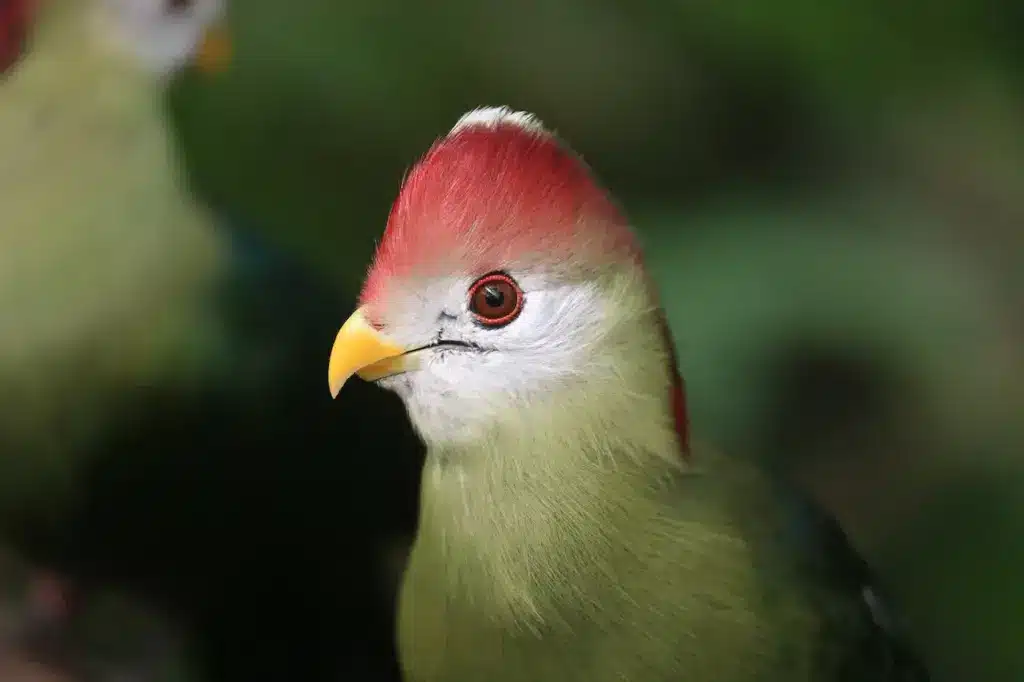
Breeding / Nesting:
- In the wild, turacos build large stick nests in trees and lay 2 or 3 eggs. Click the link for information on captive breeding.
Description:
The turacos and plantain eaters are brightly colored birds, usually blue, green, or purple. The exception is the Go-away-birds, which are mainly grey and white.
Turacos have been valued by native people for their brightly-colored feathers. In South Africa, turaco feathers are said to have been the symbol of the Zulu king – he didn’t allow anyone else to wear the feathers.
Turaco have two copper pigments in their feathers that have not been found in any other animal. The green color comes from turacoverdin – the only true green pigment in birds.
Other “greens” in bird colors result from a yellow pigment such as lypochrome combined with the prismatic blue physical structure of the feather itself.
The wings of many turacos contain red, cooper-containing pigment turacin in addition to the aforementioned green pigment called turcoverdin. These pigments are unique to this group.
Many turacos have startling crimson-red primary feathers, which can easily be seen in flight. These beautiful feathers are held in high esteem by many African societies, although only the most important individuals wear them in ceremonial dress.
Many of these turacos also have red eye-wattles and distinctive facial patterns which are assumed to play a role in display or mate recognition, although the sexes show no external differences.
Their flight is weak, but they run quickly through the tree canopy.
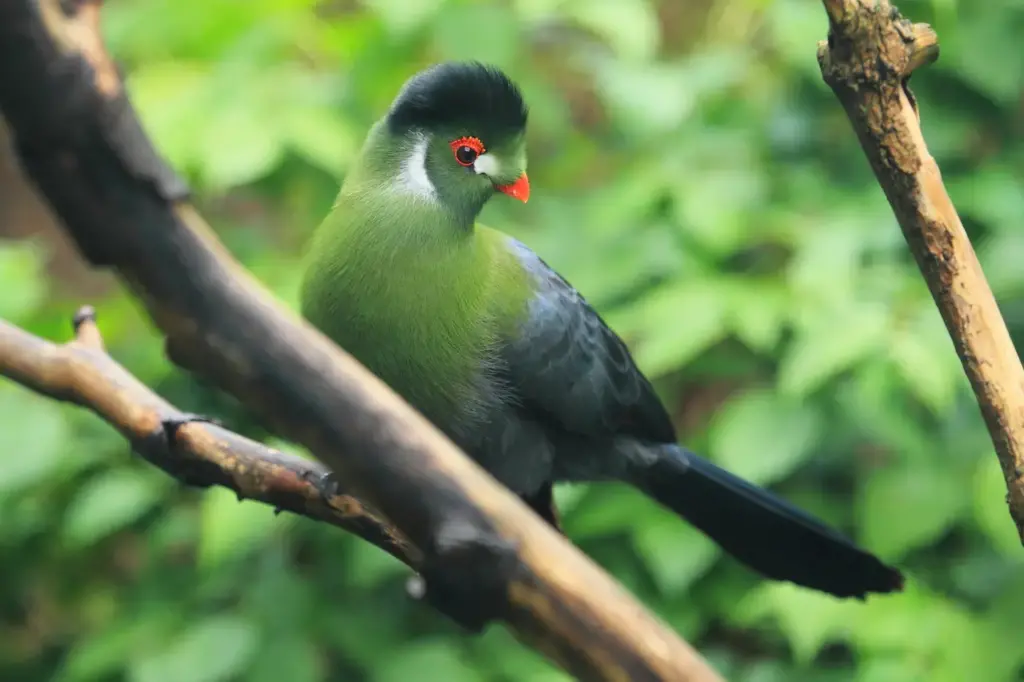
Call / Song:
They are very vocal, and their loud, resonant calls are one of the most characteristic sounds of the African rainforests. They generally have harsh calls, with croaks and barks being the most apt vocal description for most turacos.
The sentimental call of the go-away birds warns prey animals of impending danger. As their call sounds like “go-away” the name of this bird species can easily be explained.
Diet / Food:
Turaco feed mainly on fruits and to a lesser extent on leaves, buds, and flowers, occasionally taking small insects, snails, and slugs. They are important seed dispersers for indigenous trees and sometimes travel long distances to feed on a favorite tree.
In captivity, the following diet is recommended by David Jones, UK Breeder and Turaco Expert – Website: http://www.turacos.co.uk:
To feed about 80 adult turacos, I mix:
- 1200 grams (total) dry mix, in equal parts, of Orlux low-iron softbill diet (from Double Dutch 01970 832797), Haiths Prosecto (Freephone: 0800 298 7054 – the UK only, International: (+)44 (0)1472 357515), poultry chick crumb, poultry layers pellets, Nutribird T16 (from Double Dutch 01970 832797), mixed dried fruit100 grams of sweet corn (frozen)4 large carrots, 100 grams mild cheese (grated)5 hard boiled bantam eggs, 2 large iceberg lettuce (finely chopped)40 apples, 10 pears, 50 grapes, 40 bananas, 10 tomatoes, 3 oranges (diced into 0.75 cm cubes)
Please refer to this website for softbill diets.
Touraco / Turaco Information … Turaco Species … Turacos as Pets … Breeding the Turaco

